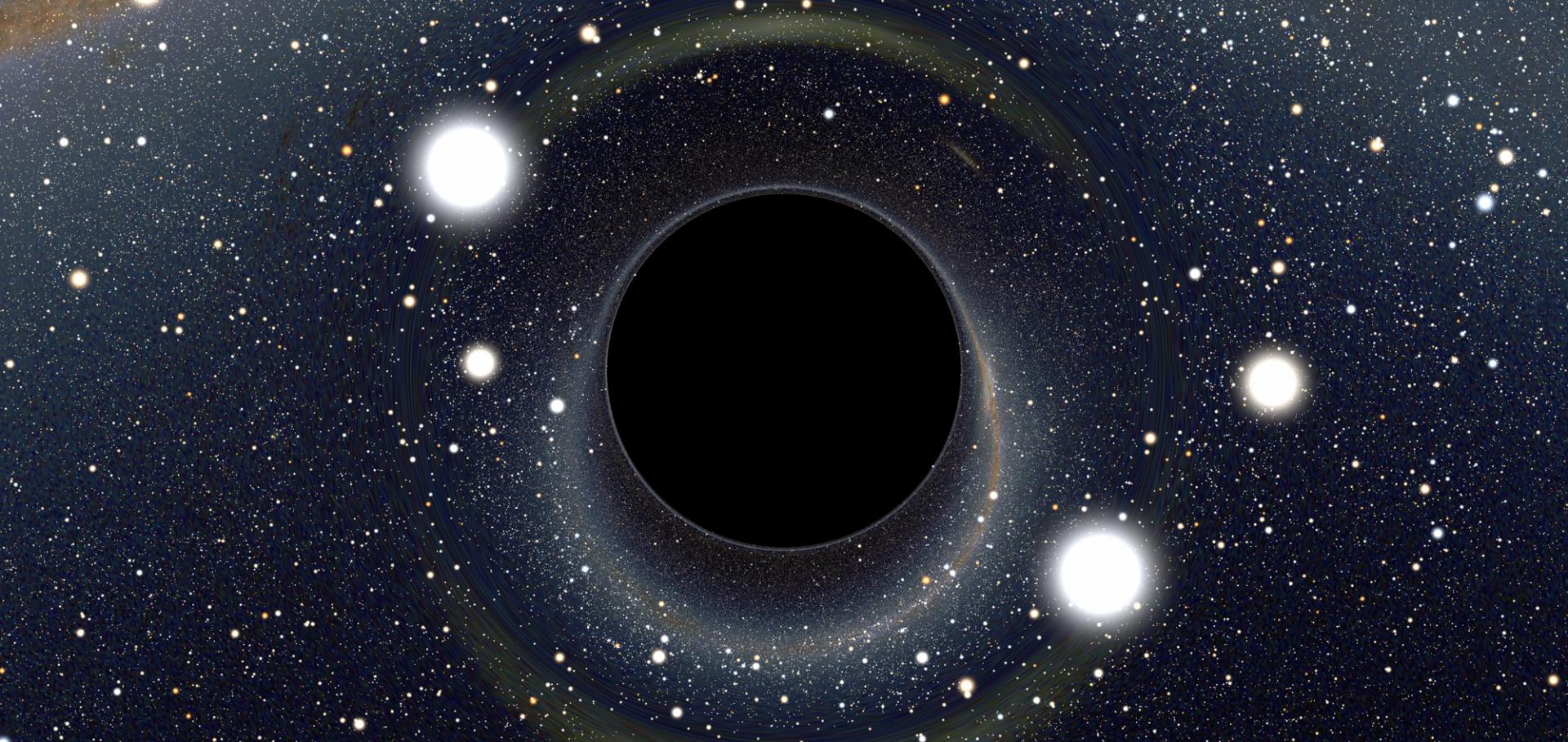LSST: from Science Drivers to Reference Design and Anticipated Data Products
(2008)
A minimal power-spectrum-based moment expansion for CMB B-mode searches
Journal of Cosmology and Astroparticle Physics IOP Publishing
Abstract:
The characterization and modeling of polarized foregrounds has become a critical issue in the quest for primordial $B$-modes. A typical method to proceed is to factorize and parametrize the spectral properties of foregrounds and their scale dependence (i.e. assuming that foreground spectra are well described everywhere by their sky average). Since in reality foreground properties vary across the Galaxy, this assumption leads to inaccuracies in the model that manifest themselves as biases in the final cosmological parameters (in this case the tensor-to-scalar ratio $r$). This is particularly relevant for surveys over large fractions of the sky, such as the Simons Observatory (SO), where the spectra should be modeled over a distribution of parameter values. Here we propose a method based on the existing ``moment expansion'' approach to address this issue in a power-spectrum-based analysis that is directly applicable in ground-based multi-frequency data. Additionally, the method uses only a small set of parameters with simple physical interpretation, minimizing the impact of foreground uncertainties on the final $B$-mode constraints. We validate the method using SO-like simulated observations, recovering an unbiased estimate of the tensor-to-scalar ratio $r$ with standard deviation $\sigma(r)\simeq0.003$, compatible with official forecasts. When applying the method to the public BICEP2/Keck data, we find an upper bound $r<0.06$ ($95\%\,{\rm C.L.}$), compatible with the result found by BICEP2/Keck when parametrizing spectral index variations through a scale-independent frequency decorrelation parameter. We also discuss the formal similarities between the power spectrum-based moment expansion and methods used in the analysis of CMB lensing.Modelling baryonic feedback for survey cosmology
Abstract:
Observational cosmology in the next decade will rely on probes of the distribution of matter in the redshift range between $0The impact of relativistic effects on cosmological parameter estimation
Phys. Rev. D 97 023537-023537
Abstract:
Future surveys will access large volumes of space and hence very long wavelength fluctuations of the matter density and gravitational field. It has been argued that the set of secondary effects that affect the galaxy distribution, relativistic in nature, will bring new, complementary cosmological constraints. We study this claim in detail by focusing on a subset of wide-area future surveys: Stage-4 cosmic microwave background experiments and photometric redshift surveys. In particular, we look at the magnification lensing contribution to galaxy clustering and general relativistic corrections to all observables. We quantify the amount of information encoded in these effects in terms of the tightening of the final cosmological constraints as well as the potential bias in inferred parameters associated with neglecting them. We do so for a wide range of cosmological parameters, covering neutrino masses, standard dark-energy parametrizations and scalar-tensor gravity theories. Our results show that, while the effect of lensing magnification to number counts does not contain a significant amount of information when galaxy clustering is combined with cosmic shear measurements, this contribution does play a significant role in biasing estimates on a host of parameter families if unaccounted for. Since the amplitude of the magnification term is controlled by the slope of the source number counts with apparent magnitude, $s(z)$, we also estimate the accuracy to which this quantity must be known to avoid systematic parameter biases, finding that future surveys will need to determine $s(z)$ to the $\sim$5-10\% level. On the contrary, large-scale general-relativistic corrections are irrelevant both in terms of information content and parameter bias for most cosmological parameters, but significant for the level of primordial non-Gaussianity.Tomographic galaxy clustering with the Subaru Hyper Suprime-Cam first year public data release
Journal of Cosmology and Astroparticle Physics IOP Publishing

